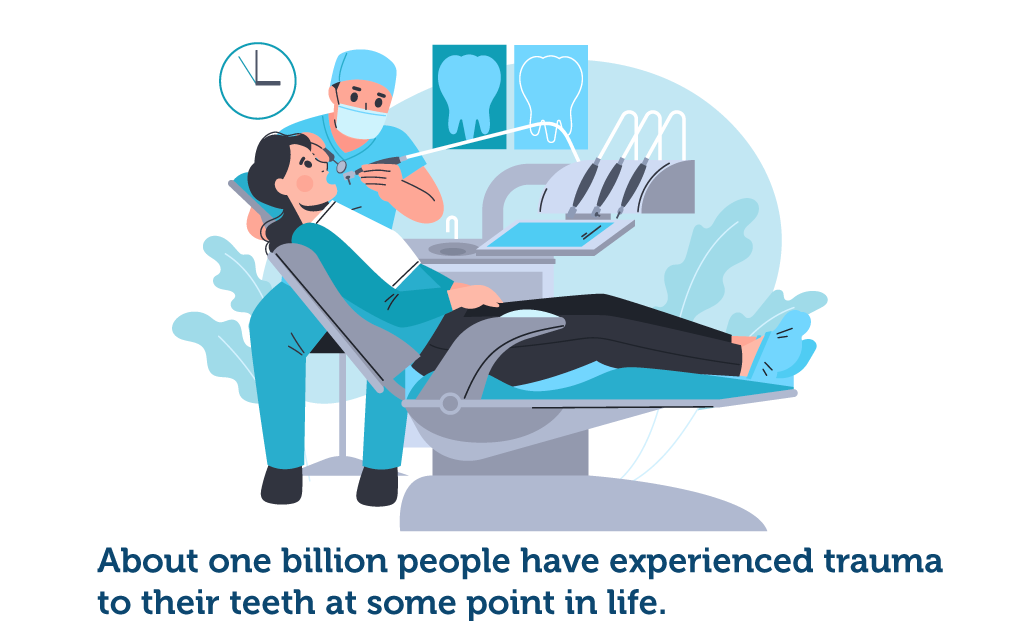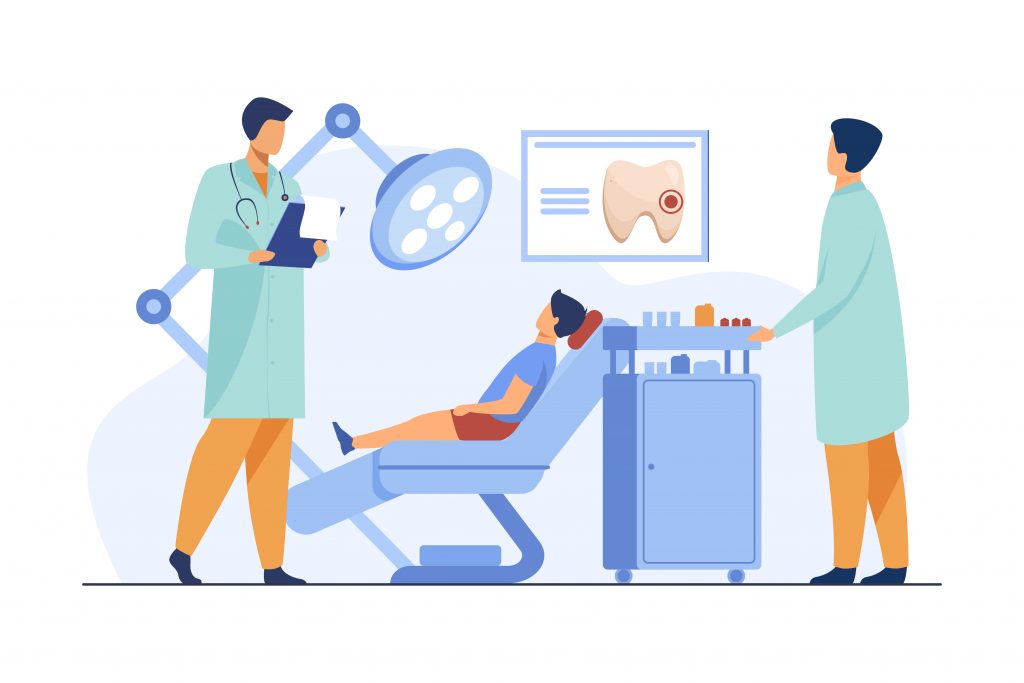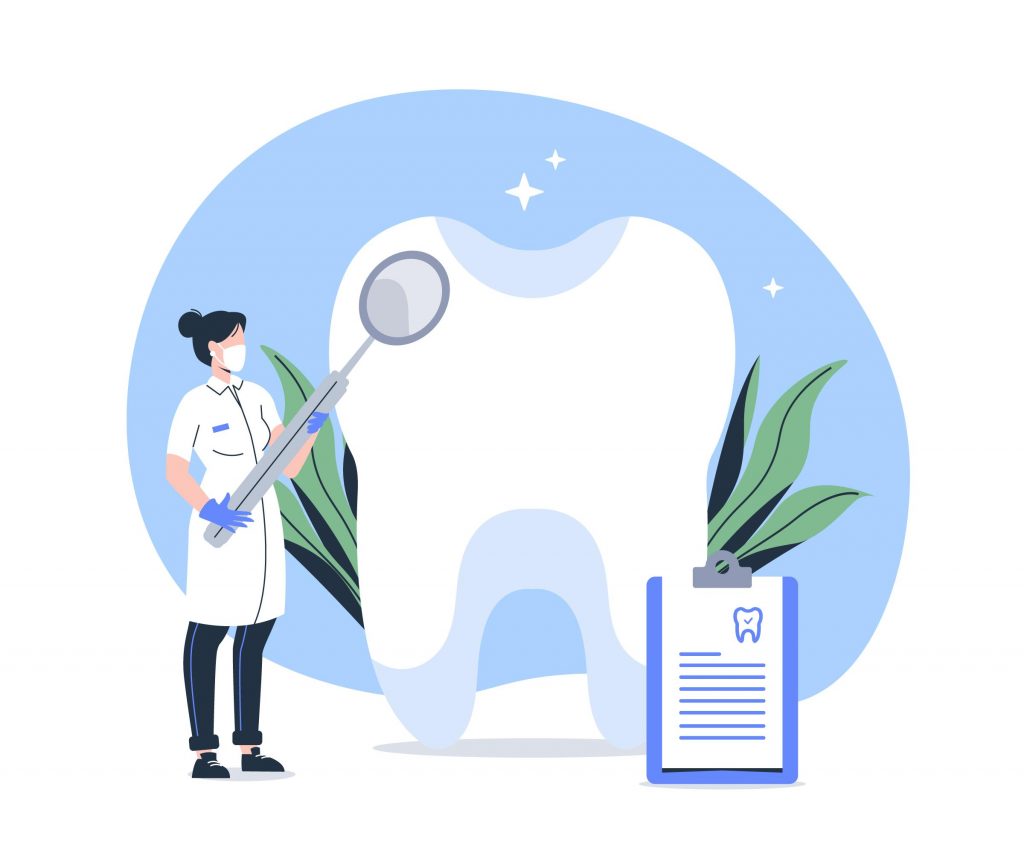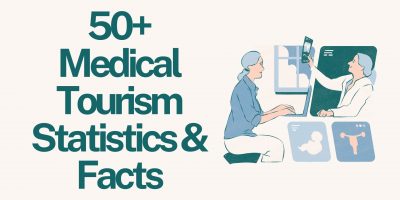
81 Weight Loss Statistics & Health Benefits in 2024
Explore the latest statistics on weight loss and get a comprehensive look at what the science says about losing weight and its importance for employees.

According to the CDC, “Oral health refers to the health of the teeth, gums, and the entire oral-facial system that allows us to smile, speak, and chew.”
Oral health affects overall health since many oral diseases can affect other conditions and disease management efforts.
Yet, oral health statistics show that oral diseases harm nearly 3.5 billion people – almost half the world’s population.
This shows that improvements in access to dental care and health coaching about oral wellbeing are crucial. Not only to improve people’s dental health but also their overall wellness and quality of life.
According to oral health statistics, the most common oral health problems people face today are caries, oral cancers, periodontal diseases, oro-dental trauma, cleft lip and palate, and noma.
Most oral diseases and conditions share the same risk factors as heart disease, cancer, chronic respiratory disease, and diabetes, including tobacco use, unhealthy diet, and alcohol consumption.

Good dental care starts even before children get their teeth.
Taking care of the gums before the first tooth appears is just as essential to eliminate harmful bacteria since oral bacteria can be very dangerous and cause infections and even diseases.

The elder populator often neglects to keep good oral hygiene because of other healthcare needs they have. As a result, they develop various oral diseases which impact their overall health and quality of life.
However, the biggest reason for bad teeth health problems among older people is the lack of access to dental care due to insufficient finances, unavailability of transport, or need for assistance to navigate dental services.
Maintaining good dental hygiene is crucial with oral diseases affecting and causing various conditions.
Poor dental hygiene symptoms include bad breath, bleeding gums, tooth pain, dry mouth, teeth discoloration, and sensitivity to cold or hot food and drinks.
Certain habits, methods, and products help a person’s oral health and prevent infections and diseases.

The cost of dental services is a notable reason why people often avoid dental professionals and treatments. Thus, countries should support their citizens’ oral health by providing them with dental health programs to facilitate more accessible dental services.

The US spends more than $124 billion on dental care yearly.
Oral health statistics show that well-designed dental health programs can help reduce dental costs and yield significant ROI for countries.
These oral health statistics show that oral diseases are prominent among people of all ages and continue to be a serious health problem.
Therefore, governments must invest in dental health programs and improve access to dental services. Such investments can help people suffering from dental diseases achieve better oral health and bring good long-term ROI for countries.
*We’re using an archived version of the page as the source.
Browse our curated list of vendors to find the best solution for your needs.
Subscribe to our newsletter for the latest trends, expert tips, and workplace insights!

Explore the latest statistics on weight loss and get a comprehensive look at what the science says about losing weight and its importance for employees.

Stay informed about maternity leave with 50+ essential statistics. Gain valuable insights into policies and practices for expectant mothers in the workplace.

As a healthy workforce represents a healthy society and vice versa, it’s paramount for cardiovascular disease prevention to find its place in the workplace.

Discover the global landscape of medical tourism, explore insights by country, cost savings, and future projections in healthcare travel.
Used by most of the top employee benefits consultants in the US, Shortlister is where you can find, research and select HR and benefits vendors for your clients.
Shortlister helps you reach your ideal prospects. Claim your free account to control your message and receive employer, consultant and health plan leads.